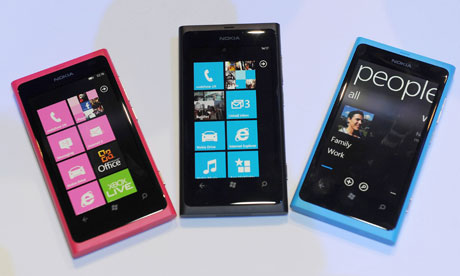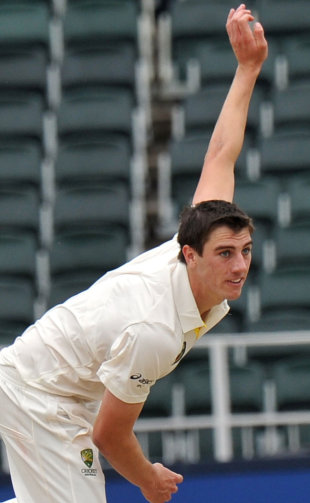https://slegle.com/BDBW
Ramfeelz
Wednesday, June 12, 2019
Sunday, October 21, 2012
Thursday, May 17, 2012
Tuesday, December 13, 2011
DOLAN BIKES
2012 PINARELLO ROKH ROAD BIKE COMING
We just got some lo-res sales sheets leaked our way courtesy of Queen City Bicycles in Charlotte (Thanks, Bart!) on the 2012 Pinarello ROKH carbon fiber road bikes. Priced at $3,600 to $4,100 complete, it’s a “balance between performance and value” that claims to be a full on race-ready machine. Word is the frame is a blend of the Quattro’s race worthiness and the KOBH’s relaxed geometry and slightly longer chainstays, likely making it a great bike for long days in the saddle that’ll handle a crit or two when necessary.
The frames get Pinarello’s 12K carbon and shapely ONDA forks and use the asymmetric frame designs from their higher end race machines. The Movistar Team Replica paint scheme above will be one paint option, two more with component specs after the break…
Two kits will be offered: SRAM Force ($3,599) with Rival cranks and Fulcrum 5 wheels, and Shimano Ultegra ($4,099) with Fulcrum 5 wheels. They should be hitting shops very soon.
Italian purists will scoff at the lack of a Campagnolo equipped option for the U.S., but, well, seems lower-mid-level Campy groups just don’t sell all that well.
Which is best ( NOKIA N900 vs NOKIA LUMIA 800 )
INTRODUCTION:
THIS ARTICLES COMPLETELY DEALS WITH ALL THE FEATURES AND NATURE OF THE COMPETITIVE AND EFFECTIVE HANDSETS. ( NOKIA N900 VS LUMIA 800 )
SPECIFICATIONS AND COMPARISONS:
NOKIA N900 | NOKIA LUMIA 800 |
|
|
BULLET POINTS BY THE USERS:


Ø The Lumia boasts of all standard camera jargons, such as an f/2.2 aperture, high performance optics courtesy Carl Zeiss and zero shutter lag, but let's get real - the 8 megapixel camera is no N8.
Ø 1080p video is not supported by the single core chipset powering the device but since Windows Phone cannot support dual core chips.
Ø What really differentiates the Lumia 800 from the orphaned N9 is the software running under the hood. No MeeGo out here, Nokia welcomes you to the world of Metro!
Ø The live tile based Metro UI came to life on this panel with deep blacks and superlative viewing angles.
Ø As mentioned above due to Windows Phone hardware cap, Nokia could only implement a WVGA 800x480 panel, but nonetheless it is a stunning panel.
Ø Nokia adopts their Clear Black AMOLED technology for the Lumia 800's 3.7-inch display. It is of the same type as on the N9, with the only variance being in the screen size and resolution.
Ø Its curved glass clear black AMOLED display is a work of art and looks like the famous crystal crafted in Prague. The display floats on top of the body giving us an illusion of water on top of a surface.
NOKIA N900

Ø Our goal here is to test the N900, of course, but fundamentally, that's the question we tried to keep in the backs of our minds for this review: could Maemo ultimately become the platform of Nokia's future? Let's dig in.
Ø Linux-based Maemo project has quietly been incubating in the company's labs for over four years. What began as a geeky science experiment (a "hobby" in Steve Jobs parlance) on the Nokia 770 tablet back in 2005 matured through several iterations -- even producing the first broadly-available WiMAX MID -- until it finally made the inevitable leap into smartphone territory late last year with the announcement of the N900.
Ø Nokia's been absolutely emphatic with us -- Maemo's intended for handheld computers (read: MIDs) with voice capability, while S60 continues to be the choice for purebred smartphones.
Tuesday, December 6, 2011
Cummins sidelined until mid-January

However, he is not expected to bowl again until early to mid January due to his injury, which initially ruled him out of the New Zealand series. The lack of Sheffield Shield cricket in January, when the Big Bash League takes centre stage, means Australia would be gambling if they reintroduced Cummins into the Test side for the end of the series against India, which finishes in Adelaide in late January.
"Patrick injured his heel early into the second Test against South Africa," Australia's physio Alex Kountouris said. "By the end of the match he was quite sore and we had scans done after the game that confirmed heel 'fat pad' injury. On return to Australia, he was given some time to recover and was reviewed throughout last week by NSW medical staff and then by myself in Brisbane during the first Test versus New Zealand.
"By the end of last week it was apparent to all of us managing him that he was progressing slower than expected for a soft tissue injury of the heel. As such we arranged for him to see a foot specialist and had further scans that have identified a bone component to his injury, that was not evident on the original scans.
"We now believe that Patrick has a bone stress injury as well as the 'fat pad' injury. This means that his recovery will take longer than first expected. He is not likely to resume bowling until early to mid-January 2012."
Pat Howard, the Cricket Australia general manager of team performance, said alarm bells had rung when Cummins appeared to be recovering slower than expected on his return home.
"The medical staff took a decision that Patrick's recovery versus previous scans did not seem consistent and proactively made the decision that further scans were required," Howard said. "These scans have revealed a bone stress injury which pushes out his recovery by a few weeks.
"This wasn't picked up in the initial scans done in South Africa. Unfortunately this, when combined with Patrick's young age to reprepare for Test cricket, means that he will miss much of the Indian series."
Australia are already without Mitchell Johnson for the whole Test summer due to a foot injury, while Ryan Harris is confident that he is on track for the Boxing Day Test as he recovers from a hip problem. Australia may need to rely heavily on the young fast men James Pattinson and Mitchell Starc, who made their debuts in Brisbane, during the Indian series.
Brydon Coverdale is an assistant editor at ESPNcricinfo
Subscribe to:
Posts (Atom)















